Titbits and News from the Mare Nostrum
New Discoveries at Gobekli Tepe and Karahan Tepe
Archaeologists have uncovered several new monumental statues and architectural elements at Gobekli Tepe and Karahan Tepe in Turkey, shedding new light on prehistoric art and ritual. These discoveries provide new insights into the complex and sophisticated societies that inhabited the region during the Mesolithic period.
By Nick Nutter on 2023-10-3 | Last Updated 2025-10-20 | Titbits and News from the Mare Nostrum
This article has been visited 19,812 times

New finds - Image by Turkish Ministry of Culture and Tourism
Archaeologists excavating at Gobekli Tepe and Karahan Tepe in Turkey have uncovered several new monumental statues and architectural elements, shedding new light on prehistoric art and ritual.
Do you enjoy my articles? For your reading pleasure, this website does not carry third party ads. You could help me write more articles by buying me a cup of coffee.
Gobekli Tepe


Gobekli Tepe by night
Gobekli Tepe is an ancient ritual complex believed to be the oldest known Mesolithic temple. It is located in the Anatolia region of Turkey and dates back to around 10,000 BC. Karahan Tepe is another ritualistic complex located about 40 km away from Gobekli Tepe. It is also Pre-Pottery Neolithic in date and has similar architectural elements to Gobekli Tepe.
Stone Hills Project
The most recent excavations, which are part of the "Stone Hills Project" ("Ta? Tepeler Projesi"), have uncovered new architectural elements and monumental statues at both sites. The most notable discovery is a painted boar statue at Gobekli Tepe. The statue is decorated with red, white, and black pigment and is one of the oldest known painted statues from the Mesolithic period. It was located on a stone bench decorated with a "H shaped symbol, a crescent, two snakes, and depictions of human faces."
Karahan Tepe
At Karahan Tepe, the team found a 2.3-metre-tall statue, described as "one of the most impressive examples of prehistoric art." The statue was found fixed in a seated position on a stone bench and is shown holding a phallus in both hands. Excavations in the vicinity also uncovered a bird statue clearly showing the beak, eyes, and wings, which the team suggests depicts a vulture.
Previous excavations at Gobekli Tepe and Karahan Tepe have found other animal reliefs depicting snakes, insects, birds, the head and forelegs of a rabbit, the hind legs and tail of a gazelle, and the hind legs of an unidentified animal.
The new discoveries at Gobekli Tepe and Karahan Tepe are significant because they provide new insights into the complex and sophisticated societies that inhabited the region during the Mesolithic period. The statues and architectural elements suggest that these societies had a deep understanding of symbolism and ritual. They also suggest that these societies were highly interconnected and shared many cultural similarities.
The discoveries at Gobekli Tepe and Karahan Tepe are still in their early stages, but they have already revolutionized our understanding of prehistoric art and ritual. Future excavations are likely to reveal even more about these fascinating and enigmatic sites.
Neolithic Houses Uncovered at Karahan Tepe: A Glimpse into Early Settled Life
Recent excavations at the Pre-Pottery Neolithic site of Karahan Tepe in southeastern Türkiye, part of the extensive Taş Tepeler (Stone Hills) Project, have yielded crucial discoveries regarding the domestic lives of its ancient inhabitants. Archaeologists, led by Professor Necmi Karul, have uncovered more than 30 dwellings, fundamentally changing the perception of the 11,000-year-old settlement.
Dating and Context
Karahan Tepe, which dates back to the Pre-Pottery Neolithic A and B periods (roughly 10,000 to 8,000 BCE), is a contemporary and slightly older "sister site" to the more famous Göbekli Tepe. While Karahan Tepe has been known since its discovery in 1997, systematic excavations that began in 2019 have increasingly revealed the complexity of the site. The discovery of numerous homes alongside the known monumental ritual structures challenges the long-held belief that complex, settled communities only arose after the advent of agriculture. The evidence from Karahan Tepe suggests that permanent settlement and sophisticated social organization preceded widespread farming.
Architectural Findings
The recently unearthed houses, dating to around 11,000 years ago, offer a tangible link between the site's monumental architecture and the everyday domestic sphere.
Structure and Size: The dwellings are primarily circular or oval, varying in size from approximately 3 to 6 metres in diameter. They are arranged in a dense, honeycomb-like pattern, with walls that are often irregular, reflecting an early stage of architectural experimentation.
Construction: Many of the structures were carved directly into the limestone bedrock or built over earlier fills.
Internal Features: Inside the houses, archaeologists have found evidence of daily life, including:
Flat stone floors, hearths for cooking and warmth and storage compartments.
Grinding platforms and tools like grindstones, handstones, and mortars and pestles, which point to food preparation and processing.
Symbolic and Ritualistic Elements
Interestingly, the domestic structures were not purely utilitarian. Some of the houses contained standing stonesor stelae, suggesting that the domestic sphere held a spiritual or symbolic dimension for the residents, echoing the monumental T-shaped pillars found in the main ritual enclosures of the site.
In a pattern similar to the larger monumental buildings at Karahan Tepe, when these dwellings were ultimately abandoned, they were intentionally filled with soil, and the standing stones within them were often deliberately toppled or broken, a ritual act that may have signified the end of a habitation period or the passing of a generation. The ongoing restoration and re-erection of these fragmented stones are providing archaeologists with a clearer picture of the spatial and social organization of one of the world's earliest known permanent communities.
October 2025
A groundbreaking discovery was recently made at the Neolithic site of Karahantepe in southeastern Türkiye: the first known T-shaped megalithic pillar to feature a distinctly carved human face.
Dating back approximately 12,000 years, this Pre-Pottery Neolithic artifact is part of the Taş Tepeler Project, which includes the famous Göbeklitepe. While T-pillars at similar sites were known to have carved arms and hands, symbolically representing human forms, this new monolith breaks ground by including detailed facial features.
The carving on the upper section of the pillar features sharp contours, deep-set eye sockets, and a prominent nose, mirroring the stylistic traits of other human sculptures at Karahantepe. This finding is considered a revolutionary moment in archaeology. It suggests an evolution in prehistoric artistic expression, transforming abstract symbolism into direct human representation and offering new insights into the spiritual beliefs and self-awareness of the world's earliest monumental builders.
Do you enjoy my articles? For your reading pleasure, this website does not carry third party ads. You could help me write more articles by buying me a cup of coffee.
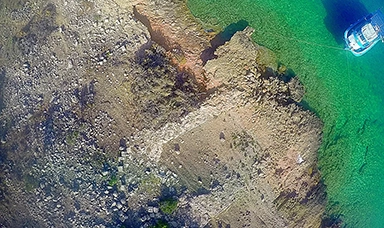 Dana Island, oldest ancient shipyard
Dana Island, oldest ancient shipyard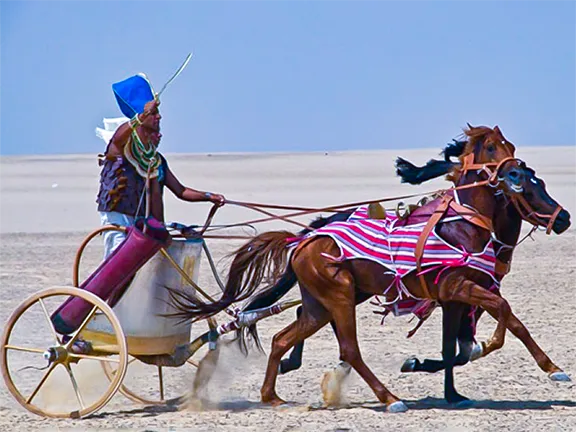 A Bronze Age Courier Service
A Bronze Age Courier Service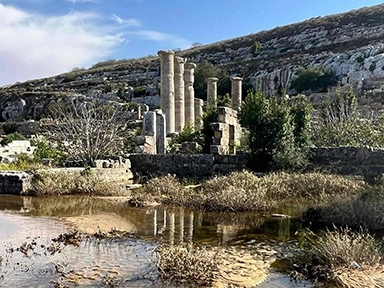 Cyrene's Lost Treasures
Cyrene's Lost Treasures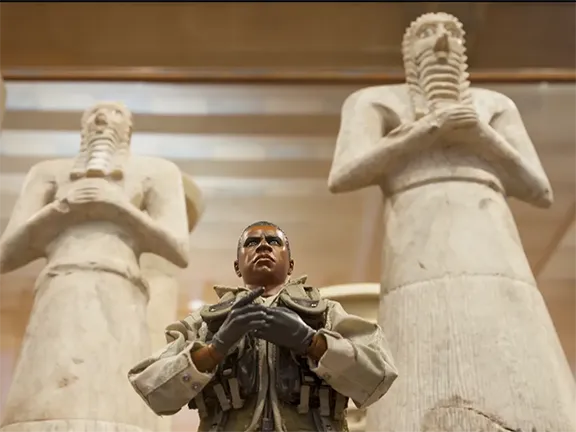 The Invisible Enemy
The Invisible Enemy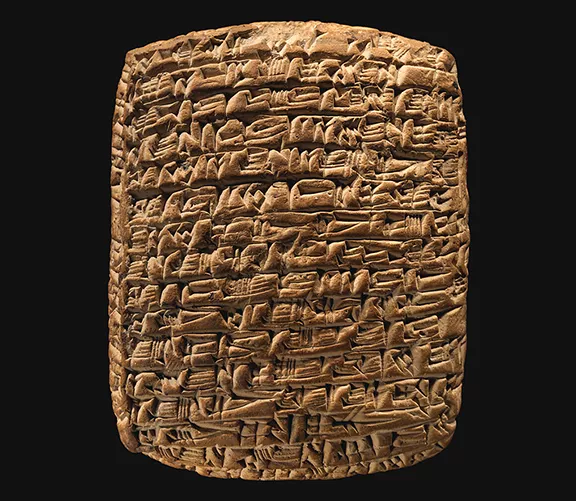 The World's First Company
The World's First Company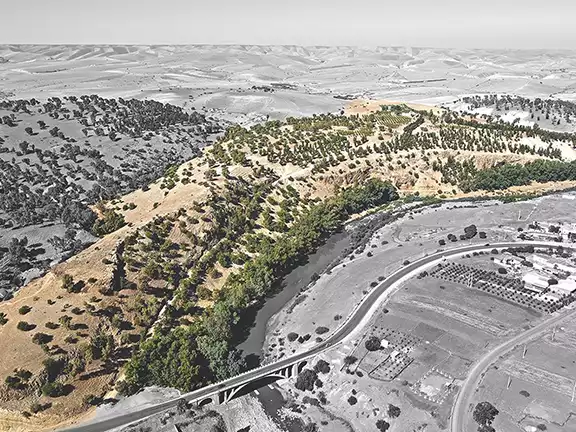 The Copper Age Site of Oued Beht
The Copper Age Site of Oued Beht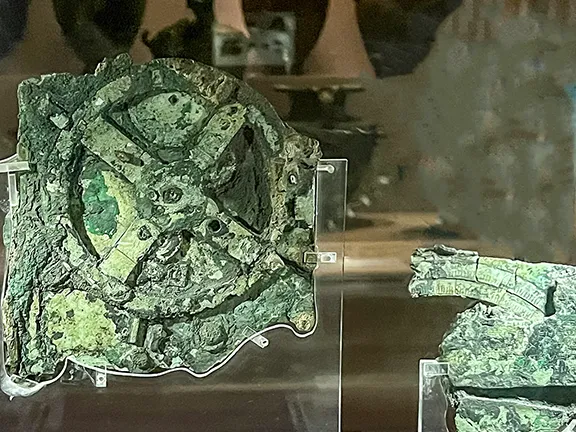 How the Antikythera Mechanism Works
How the Antikythera Mechanism Works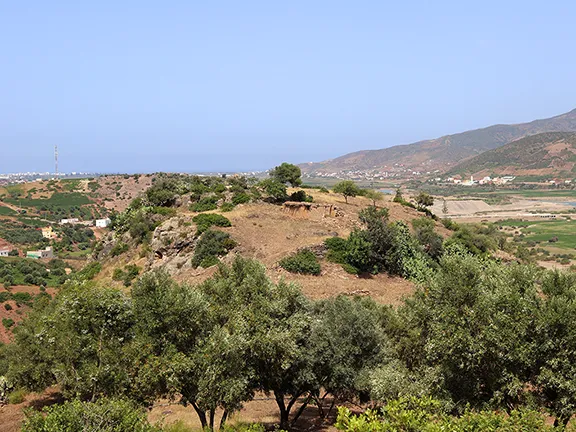 Kach Kouch and Iberia
Kach Kouch and Iberia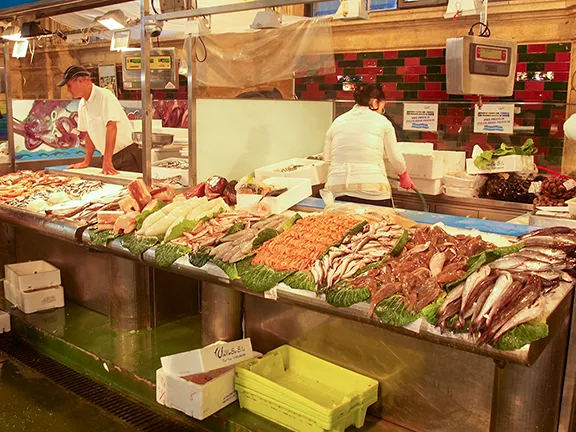 Mediterranean Diet Evolution
Mediterranean Diet Evolution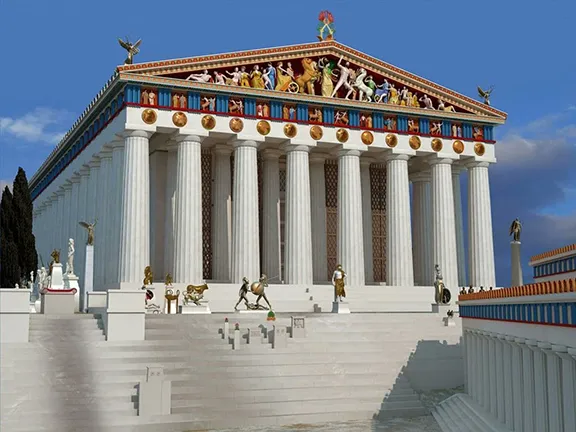 Hidden Colours of Ancient Statues
Hidden Colours of Ancient Statues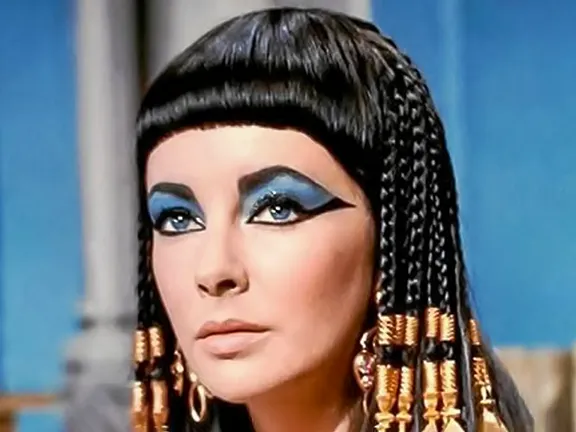 Cleopatra: Egypt's Last Pharaoh
Cleopatra: Egypt's Last Pharaoh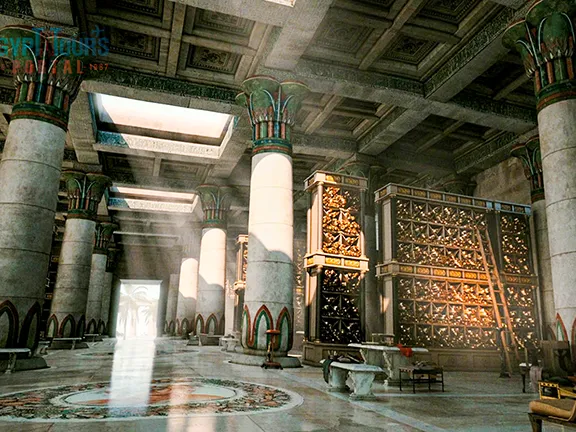 Alexandria Library's True Fate
Alexandria Library's True Fate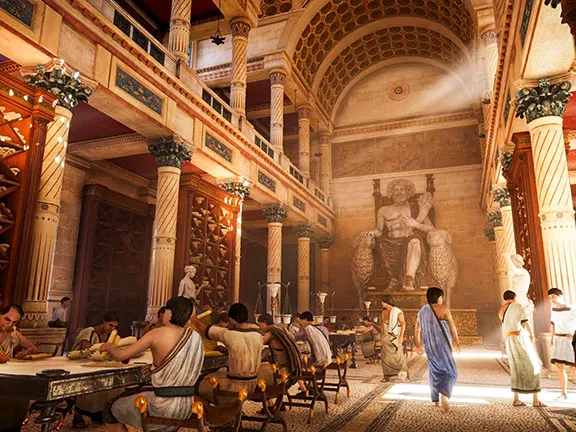 Six Great Ancient Libraries
Six Great Ancient Libraries Ancient Greek Technology
Ancient Greek Technology Broadening Horizons
Broadening Horizons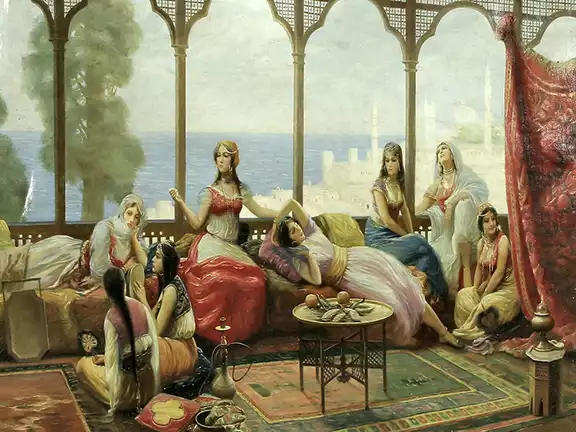 The Nadītu Investors of Sippar
The Nadītu Investors of Sippar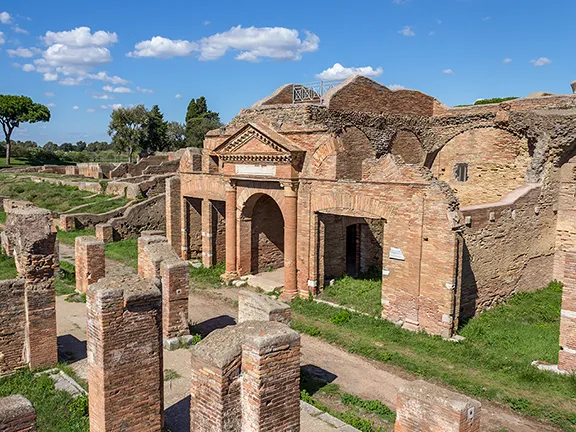 New light on Hadrian
New light on Hadrian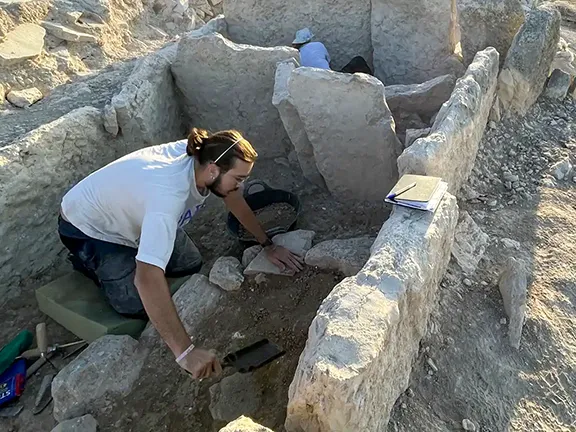 The Dolmens of La Lentejuela Teba
The Dolmens of La Lentejuela Teba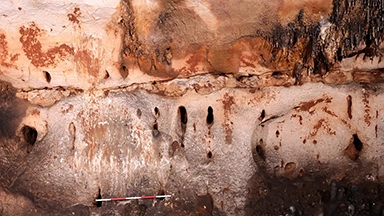 New Cave Art Discovery in Valencia region
New Cave Art Discovery in Valencia region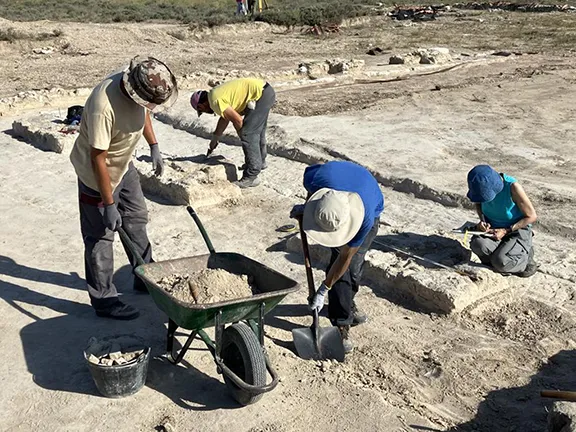 La Cabaneta Oldest Roman Forum in Iberian Peninsula
La Cabaneta Oldest Roman Forum in Iberian Peninsula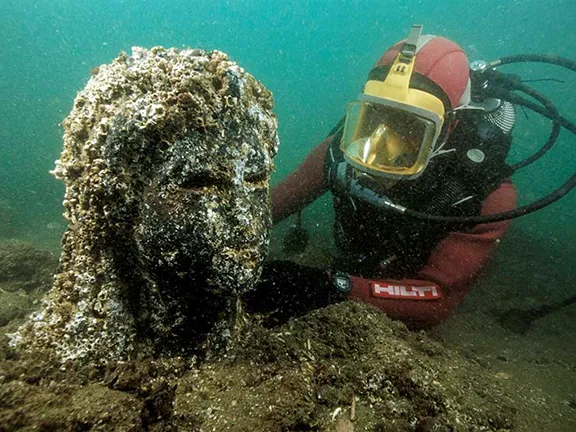 New Discoveries at Ancient Sunken City of Thonis-Heracleion
New Discoveries at Ancient Sunken City of Thonis-Heracleion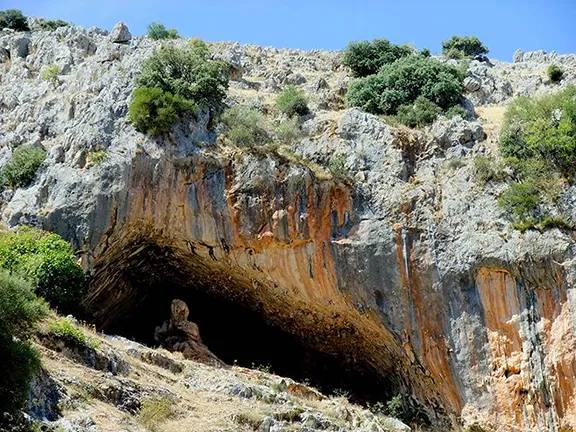 Europe's Oldest Shoes Found: 6,000-Year-Old Sandals Woven from Grass
Europe's Oldest Shoes Found: 6,000-Year-Old Sandals Woven from Grass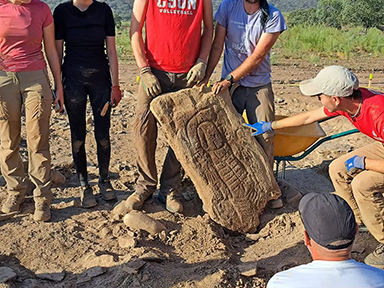 Decorated Stelae found in Canaveral de Leon, Spain
Decorated Stelae found in Canaveral de Leon, Spain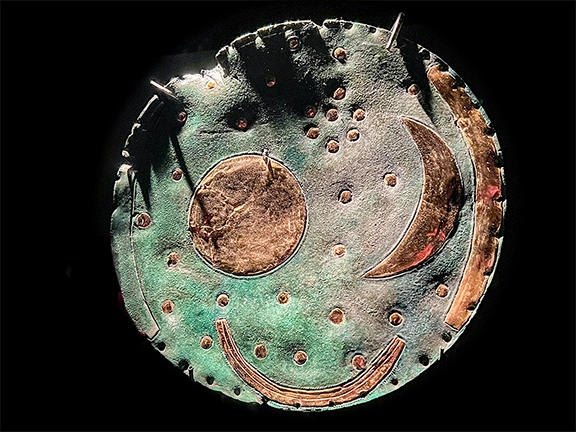 The Nebra Sky Disc: A Bronze Age Calendar
The Nebra Sky Disc: A Bronze Age Calendar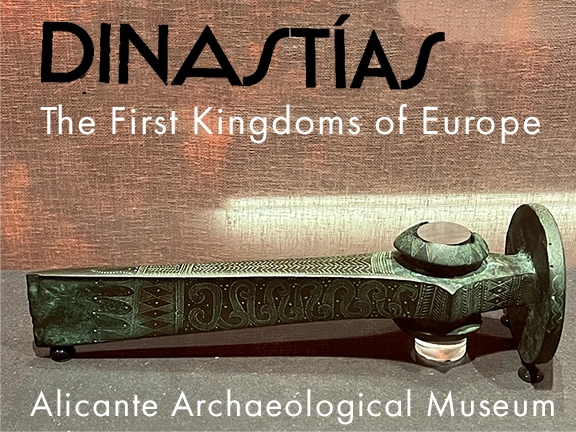 New Exhibition at the Archaeological Museum in Alicante
New Exhibition at the Archaeological Museum in Alicante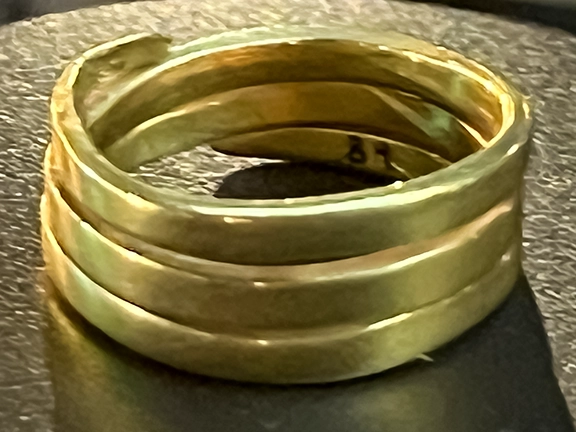 Bronze Age: A Golden Age for Jewellery
Bronze Age: A Golden Age for Jewellery The Golden Hat of Schifferstadt
The Golden Hat of Schifferstadt